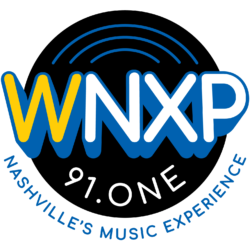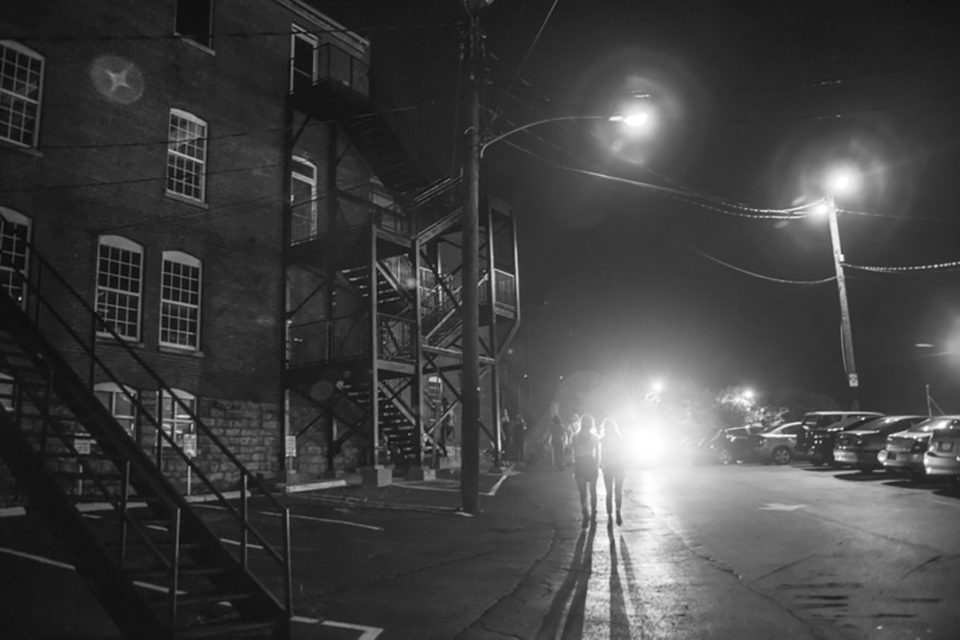Here’s our latest conversation on what the alt-weekly The Nashville Scene is covering with its music editor Stephen Trageser.
Jewly Hight: You and your stable of music writers took one last look back at local releases that some folks might have been sleeping on toward the end of 2022. You spotlighted three very different approaches to rap coming out of Nashville. What are they?
Stephen Trageser: Well, you’ve got Oasis by Mike Floss, which is a warm, enveloping sort of listen, that’s focusing on responsibilities that he feels toward his community.
We’ve got In the Rou9h by Quez Cantrell. That one is another very personal and reflective kind of record that dives a lot into the stresses of trying to be there for his family.
And then we’ve got a collaborative release from FU Stan and BeHoward, which is called Claude & Ray. That’s sort of a fresh blast of creative, high energy, southern hip-hop with a lot of great storytelling.
JH: You also highlighted a trio of projects from artists who are working in an array of more subdued, songwriterly approaches. What can you tell us about those?
[00:01:24] Speaker 2 We’ve got Gettin’ Where, an album by Bea Troxel that’s kind of a folk- and rock-oriented record that focuses on communicating some very intense feelings, but also using a lot of restraint.
Then we’ve got Time to Fall, which is an EP by an artist named Morgan, and that’s got some folk at the core, but there’s a lot of electronic elements that enhance that ruminative kind of mood. And then we have an EP called Red Sleep by a band called Full Mood, which is very kind of post-punk and synth-pop sounds in service of some very pointed lyricism, in a lot of cases about personal relationships. Now there’s lots of familiar influences in that one, but none really overshadows how clearly this is their own work, and I am here for it.
JH: This week’s issue of the Scene also zeroes in on some stories to watch this year, so let’s do a little looking ahead now. You wrote a piece about the city’s midsize venues. Why do they matter to Nashville? Or to put it another way, what difference do they make for artists who are working their ways up here?
ST: Over the past 15 years or so, you’ve really had a lot of different paths and a lot of different opportunities for artists to build their fan base and do some experimenting and hone their skills. And you’ve got a lot of fully independent venues, but it seems like some of those are potentially going away over the next year. And that sort of leaves some more room for influence from really big players who might have some concerns that don’t always fully align with what the local scene needs. So that’s kind of what we’re looking at in this story.
JH: You mentioned some of the changes that you’re tracking in the mid-size venue landscape. Could you expand a little on what is at stake?
ST: Specifically, we’re kind of looking at where the suite of venues at the Cannery Row complex, that’s High Watt, Mercy Lounge and Cannery Ballroom, those three in particular are going to be leaving the place where they are looking for a new spot. That’s not an immediate thing; that’s supposed to happen in the middle of the year. But that sort of leaves a lot of questions about, “OK, so they’re potentially going to be some new venues on that site. What are those going to look like?” There are several other areas in town where there are some potential pressures, where some other changes might be made, where you see big players like Live Nation taking control. That isn’t necessarily a complete doomsday scenario, but it just kind of takes away some of the impetus to take risk.
JH: One of your colleagues at the Scene wrote about a nonprofit formerly called Poverty in the Arts that just changed its name to Daybreak Arts. What does that organization do in the community, and how does its rebranding serve that mission?
ST: Well, the organization was finishing up its tenth year, and what it does in the community is provide opportunities for people who have experienced homelessness in the past or are currently experiencing homelessness to create and sell works of art. That kind of runs the gamut from providing materials and studio space to offering gallery space and representation. And their rebrand as Daybreak Arts takes into account how they’re trying to build relationships where other people get to see the talent and creativity that a person has to offer instead of seeing their circumstances first. You know, they don’t want to further marginalize people. They’re also developing some new curriculum. They’ve got a lot more online offerings coming up with a focus on better understanding the business side of art.

